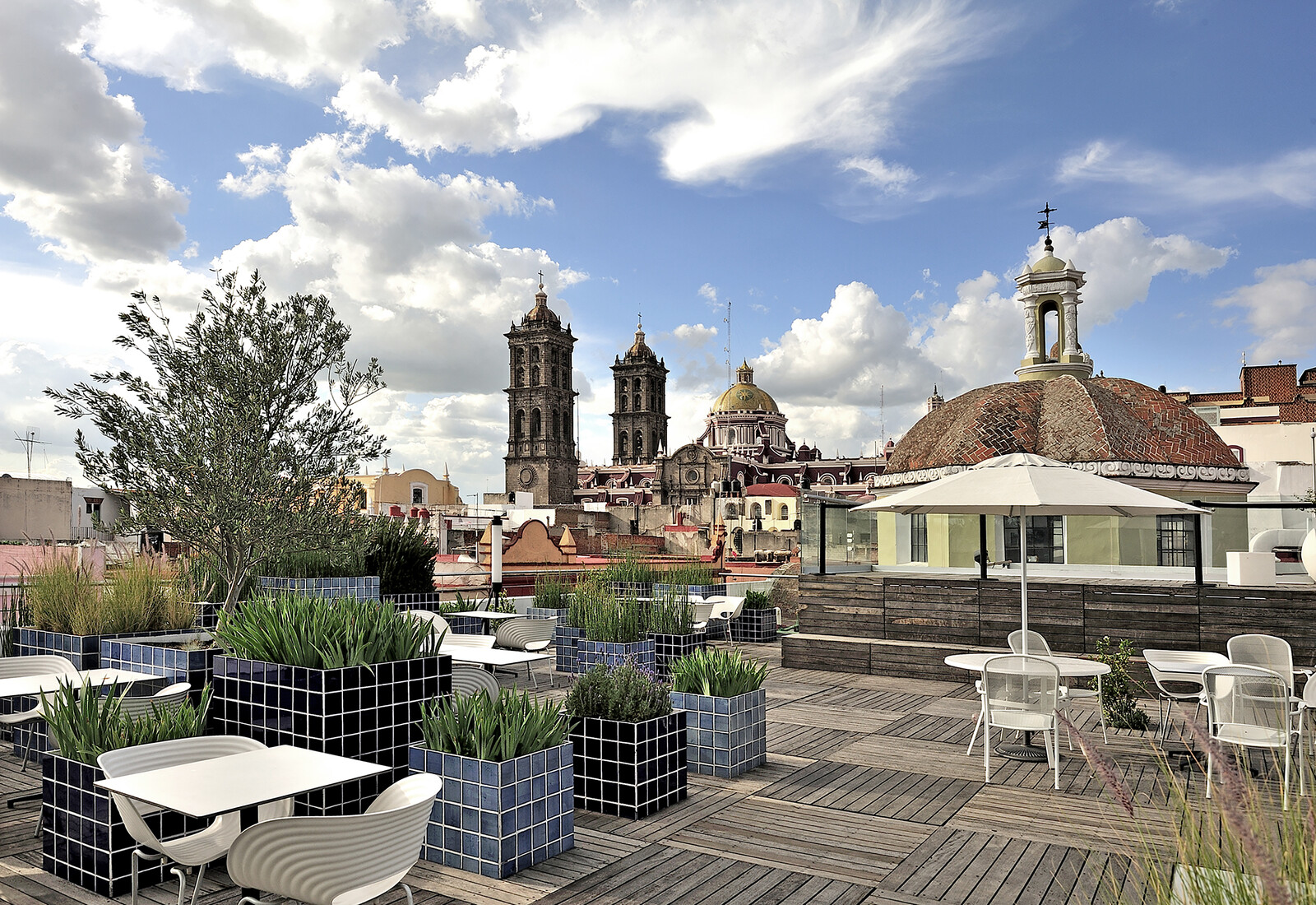Contemporary Art from the Colección Patricia Phelps de Cisneros
February 9–July 22, 2019
2 Sur 708
Centro Histórico
72000 Puebla Pue.
México
The Museo Amparo together with the Colección Patricia Phelps de Cisneros (CPPC) are pleased to present the exhibition Portadores de sentido: Contemporary art from the Colección Patricia Phelps de Cisneros. This exhibition brings together 70 contemporary artists from 16 countries in Latin America and the Caribbean whose works were acquired by the CPPC between 1990 and 2015. It is curated by Sofía Hernández Chong Cuy, former Curator of Contemporary Art at the CPPC and now the Director of the Witte de With Contemporary Art Center in Rotterdam; Sara Meadows, Project Manager at the CPPC, is the Assistant Curator for this exhibition.
“We are very honored to be partnering with the Museo Amparo to present this comprehensive exhibition of contemporary art from the Colección Patricia Phelps de Cisneros (CPPC) in Mexico. The Museo Amparo and the CPPC have the same commitment to sharing contemporary art with a wide audience within an educational mission. I am grateful to the leadership and staff of the Amparo for creating this wonderful opportunity to display the vibrant contemporary art of Latin America to its audiences.” –Patricia Phelps de Cisneros
“The key mission of the Colección Patricia Phelps de Cisneros (CPPC) to disseminate and promote the understanding and enjoyment of artistic expressions from Latin America from their five areas of research—ethnographic objects, works of traveler artists and from our colonial heritage, modern and contemporary art—among diverse audiences is naturally aligned to that of the Museo Amparo, which is committed to the promotion, study and dissemination of pre-Hispanic, vice-regal, modern and contemporary art from Mexico in particular and Latin America in general.” –Ramiro Martínez Estrada, Director of Museo Amparo
The curatorial premise of this project originates from dialogues between contemporary art and the other areas that comprise the CPPC’s holdings: Modernism, Colonial Art, 19th Century Traveler Art, and ethnographic objects from the Orinoco River Basin. Regarding contemporary artists as analytical and sensitive thinkers about their environment who, along with their works, are bearers of meaning—portadores de sentido—Hernández Chong Cuy identified four recurring themes in this show: ethnographic theories and methods; geography and territory; the urban environment; and the social impact of media and mass communication.
In the first group, with works that consider ethnography’s methodology and forms, are artists such as Cuban painter José Bedia, whose work Mamá kalunga (1992) at first suggests kinship with geometric abstraction but upon closer inspection includes imagery of a small ship, a reference to the slave boats that traveled between Africa and Cuba. Other key works are Laura Andersen Barbata’s installation Santos y profetas (1995), Juan Manuel Echavarria’s video Bocas de ceniza (2003–04), and Jorge Pineda’s Afro Charlie (2010).
The second group, concerning geography and territory, include Pablo Cardoso, Elena Damiani, Juan Carlos Araujo, and Manuela Ribadeneira among others. Adrian Balseca, Irene Kopelman and Paul Ramírez Jonas look more specifically at the traditions of scientific expeditions as inspiration for their work.
The urban environment is the focus of artists in the third group, who consider the impact of design of urban spaces and structures on communities. Iosu Aramburu’s cement paintings, Pia Camil’s Highway Folies series, Federico Herrero’s concrete sculptures and Daniel Santiago Salguero’s photography series are among the contributions to this dialogue.
The impact of mass media on society and on individual identity are taken up by artists in the fourth group, which includes Aziz + Cucher’s photograph Zoe, 1995; Alejandro Cesarco’s video Help!, 2002; Tania Pérez Córdova’s Call Forwarding, 2013; and Jessica Lagunas’ videos Para verte mejor [The Better To See You With], 2005; Para besarte mejor [The Better To Kiss You With], 2003; and Para acariciarte mejor [The Better To Caress You With], 2003, among others.
A number of the artists included in Portadores de sentido have made short audio recordings in which they discuss their works on view. These are accessible in the gallery via cellphone through a link printed on the associated wall label, and through the CPPC’s website. An exhibition guide will be published including images and didactic texts representing all the works in Portadores de Sentido. It will be available for purchase at the Museo Amparo.
About the Colección Patricia Phelps de Cisneros
The Colección Patricia Phelps de Cisneros (CPPC) was founded in the 1970s by Patricia Phelps de Cisneros and Gustavo A. Cisneros and is one of the core cultural and educational initiatives of the Fundación Cisneros. Based in New York City and Caracas, the CPPC’s mission is to promote scholarship and enhance appreciation of the diversity, sophistication, and range of art from Latin America. The CPPC achieves these goals through the preservation, presentation, and study of the material culture of the Ibero-American world—ranging from the ethnographic to the contemporary. The CPPC´s activities include exhibitions, public programs, publications, grants for scholarly research and artistic production. The CPPC’s website offers a platform for debate concerning the contributions of Latin America to the world of art and culture.



